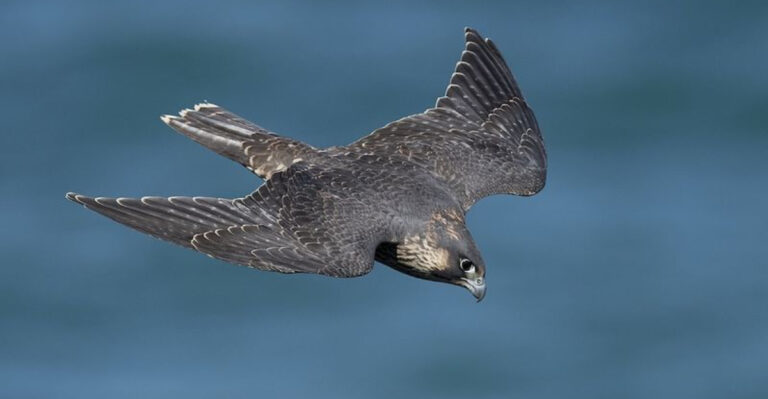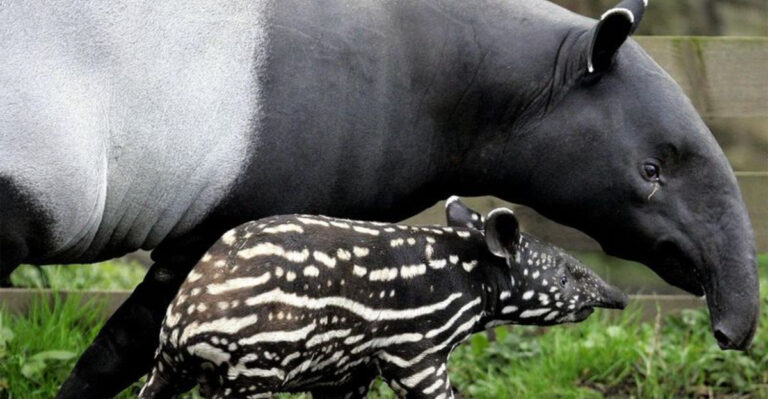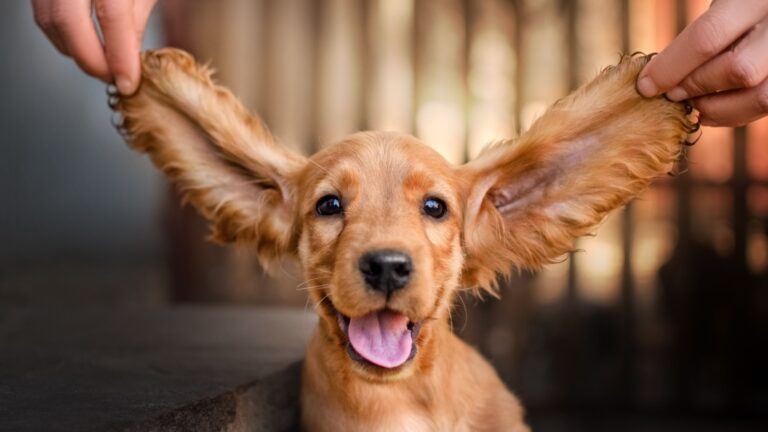Meet Carnotaurus, The Fearsome Horned Carnivorous Dinosaur
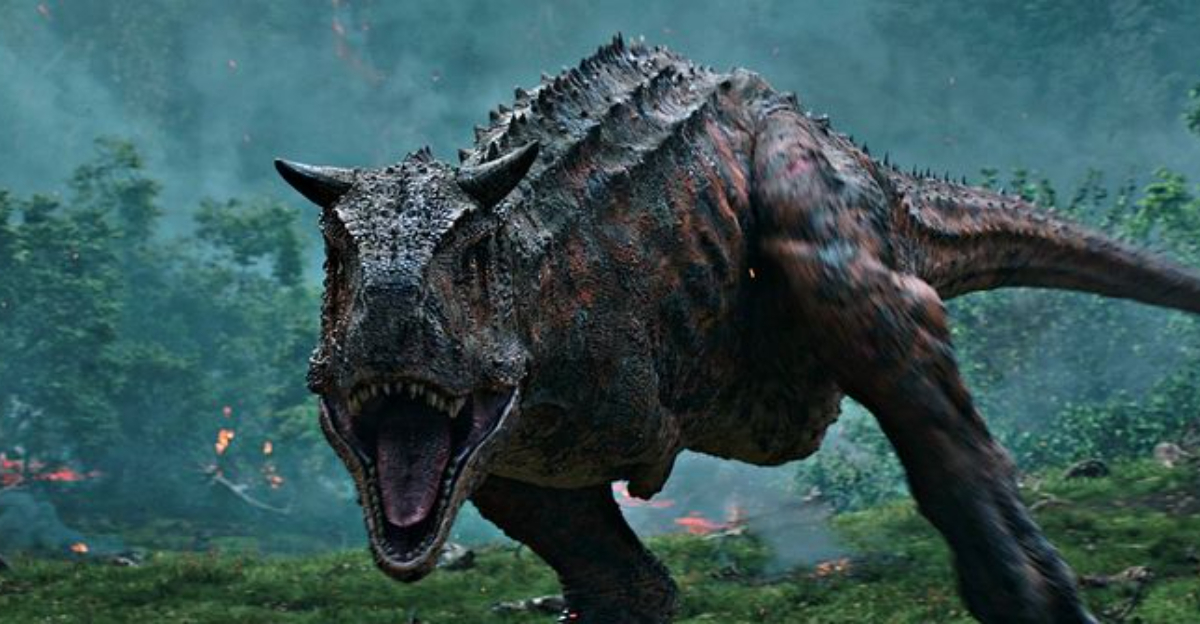
Imagine a dinosaur with tiny arms, bull-like horns, and a taste for meat – that’s Carnotaurus! This fearsome predator roamed South America about 70 million years ago during the Late Cretaceous period.
With its unique features and hunting abilities, Carnotaurus has fascinated scientists and dinosaur enthusiasts alike since its discovery in Argentina in 1984.
Devil-Like Horns That Gave It Its Name
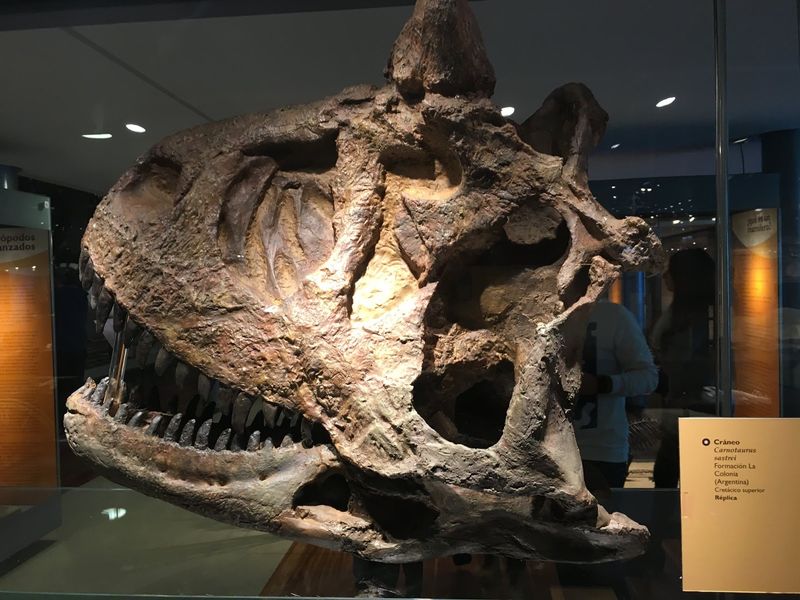
Those menacing horns above Carnotaurus’s eyes weren’t just for show! The name “Carnotaurus” literally means “meat-eating bull” in Latin, referring to these distinctive bull-like horns on its head.
Unlike other horned dinosaurs that used their headgear for defense, scientists believe Carnotaurus males might have used their horns to battle each other for territory or mates. The horns weren’t particularly long – only about 6 inches – but they were thick and sturdy, perfect for head-butting contests.
Lightning-Fast Runner Despite Its Size
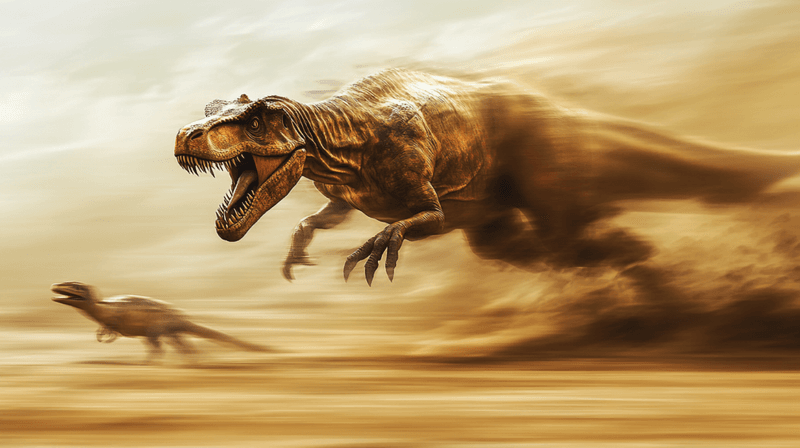
Hold onto your hats – this dinosaur could really move! Standing about 8 feet tall and 30 feet long, Carnotaurus had incredibly powerful hind legs that made it one of the fastest large predatory dinosaurs ever.
Its unique leg muscles and lightweight skeleton allowed it to reach speeds possibly up to 30 miles per hour. That’s faster than a human Olympic sprinter! The dinosaur’s tail muscles were also specially adapted to help it make quick turns while chasing prey through prehistoric forests.
Ridiculously Tiny Arms That Puzzled Scientists
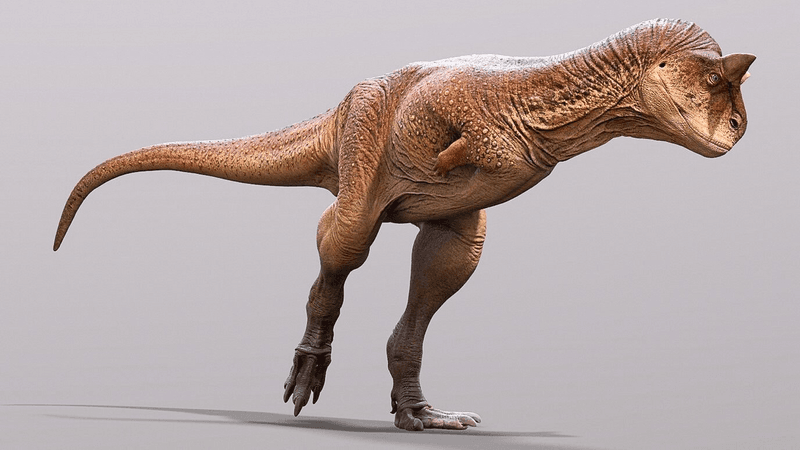
If you thought T. rex had small arms, wait until you see Carnotaurus! Its arms were so comically tiny that they couldn’t even reach its mouth. Each arm was only about 1 foot long – shorter than a human child’s arm – with four stubby fingers that couldn’t grasp anything.
The mystery of these miniature limbs has perplexed paleontologists for decades. Some think they were evolutionary leftovers with no real purpose. Others suggest they might have helped the dinosaur get up from a lying position or played a role in mating rituals.
Skin Covered In Bony Bumps Like Armor

Lucky for us, Carnotaurus left behind some of the most complete dinosaur skin impressions ever found! Unlike the scaly skin we often imagine on dinosaurs, Carnotaurus had rows of bony knobs running down its sides – almost like built-in armor.
These bumps weren’t scales but actual bony nodules called osteoderms. They created a distinctive pattern that may have helped with temperature regulation or protection during fights. The skin had no feathers, suggesting this carnivore relied on other methods to stay warm in the Patagonian climate.
Bite Force That Could Crush Bones
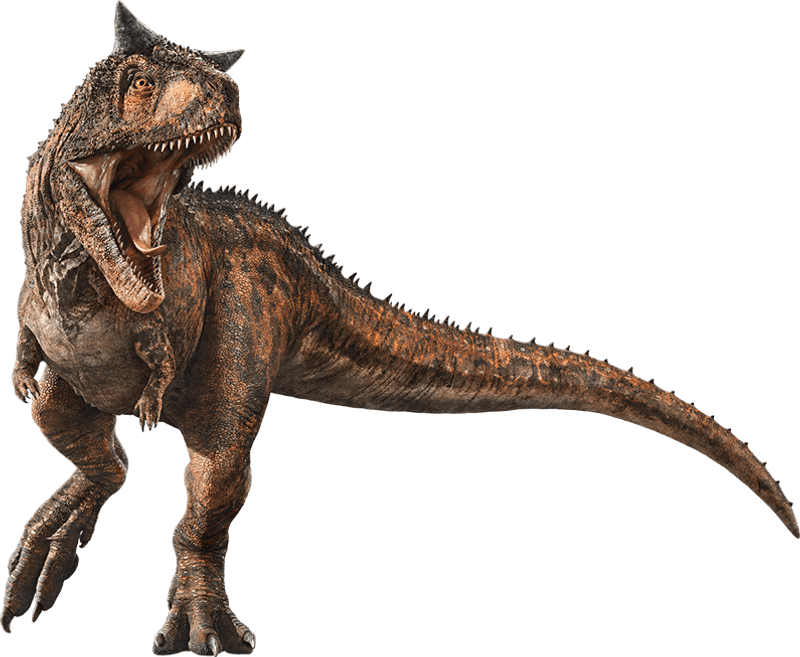
Snap! The jaws of Carnotaurus packed a serious punch. While not as powerful as T. rex, this predator could deliver a bone-crushing bite with its deep skull and strong jaw muscles.
Scientists have analyzed its teeth and jaw structure to determine it likely used a “slash and tear” hunting strategy. Carnotaurus would chase down prey, deliver a powerful bite, and rip away chunks of flesh. Its teeth were shorter and stronger than those of many other carnivores – perfect for this brutal hunting style.
Unusual Skull Built For Speed-Hunting
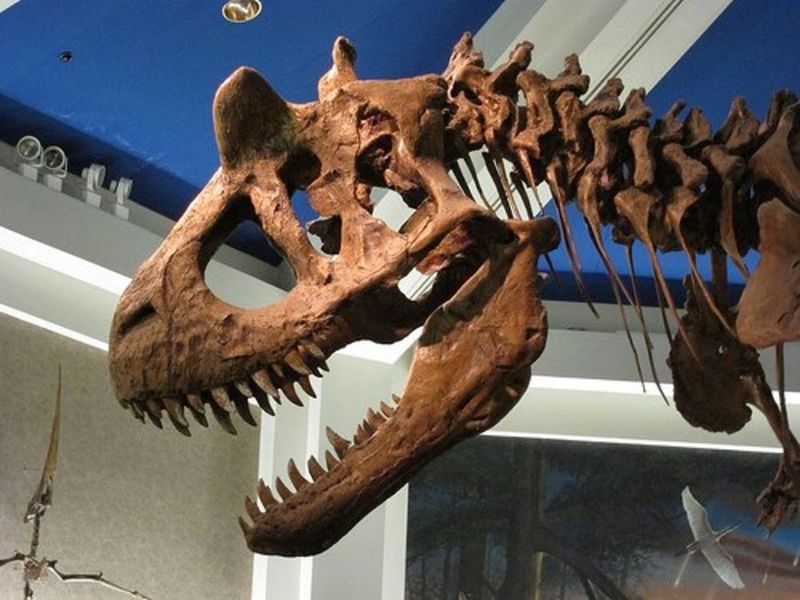
Carnotaurus had one of the strangest skulls in the dinosaur world! Short and deep, its skull was built like a reinforced battering ram – strong yet lightweight. The unusual shape helped it strike quickly at prey without slowing down.
Unlike other predators with long snouts for precision biting, Carnotaurus evolved for speed attacks. Its eyes faced forward like a modern predator’s, giving it excellent depth perception for chasing prey. The skull also featured unique air spaces that made it lighter without sacrificing strength.
South American Origins In Ancient Patagonia

Carnotaurus called the wild landscapes of ancient Patagonia home about 70 million years ago. This region of modern-day Argentina looked very different then – a mixture of forests and open plains with volcanic activity in the background.
The first and most complete Carnotaurus skeleton was discovered in 1984 by José Bonaparte, an Argentine paleontologist. What made this find extraordinary was the preservation of skin impressions along with the bones. The hot, dry conditions of prehistoric Patagonia created the perfect environment for preserving this remarkable specimen.
Hunting Techniques That Terrified Prey

Carnotaurus wasn’t just scary-looking – it was a masterful hunter with unique techniques! Unlike ambush predators that hide and pounce, this dinosaur was built for the chase.
Scientists believe Carnotaurus would spot prey from a distance, then use its incredible speed to run down victims in a short, explosive sprint. Its hunting style resembled modern cheetahs more than other large dinosaurs. Once within striking distance, it would swing its powerful head sideways, using those horns and strong neck muscles to knock prey off balance before delivering a killing bite.
Distant Cousin To The Famous T. Rex
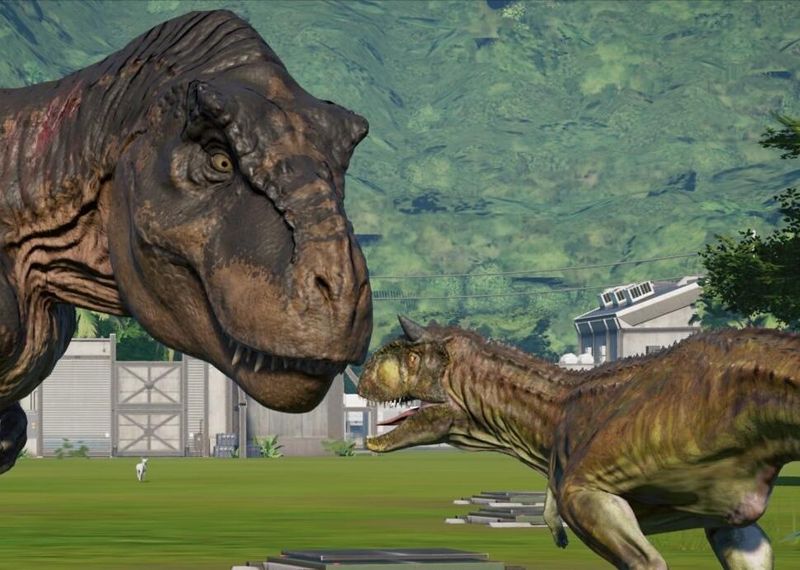
Though they lived on different continents, Carnotaurus and Tyrannosaurus rex shared a common ancestor! Both belonged to the theropod group of dinosaurs, but Carnotaurus was part of a distinctive southern branch called the abelisaurids.
While T. rex ruled North America, Carnotaurus and its relatives dominated the southern hemisphere. Evolution took these cousins in different directions – T. rex grew massive with bone-crushing power, while Carnotaurus developed speed and those distinctive horns. Think of them as evolutionary cousins who adapted to different environments and hunting strategies.
Hollywood Star In Jurassic World Movies
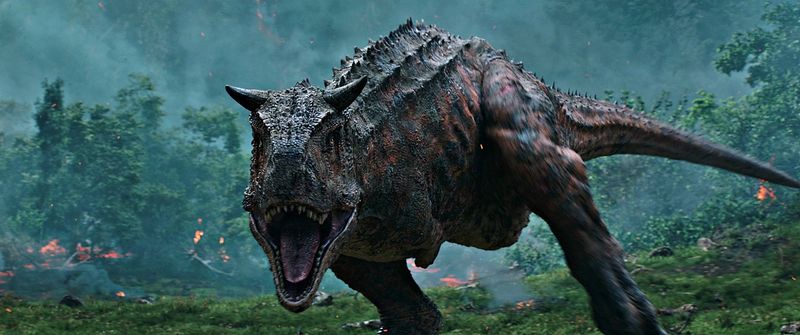
Carnotaurus stomped its way onto the big screen in the Jurassic World franchise! This distinctive dinosaur made memorable appearances in “Jurassic World: Fallen Kingdom” and “Jurassic World: Dominion,” introducing millions of moviegoers to its unique horned appearance.
Filmmakers loved Carnotaurus for its distinctive look – those horns and bumpy skin made it instantly recognizable even to casual dinosaur fans. While the movies took some scientific liberties with its behavior and abilities, they helped make this once-obscure dinosaur a household name. The film version emphasized its aggressive nature and speed.
Scientific Mysteries Still Being Solved Today
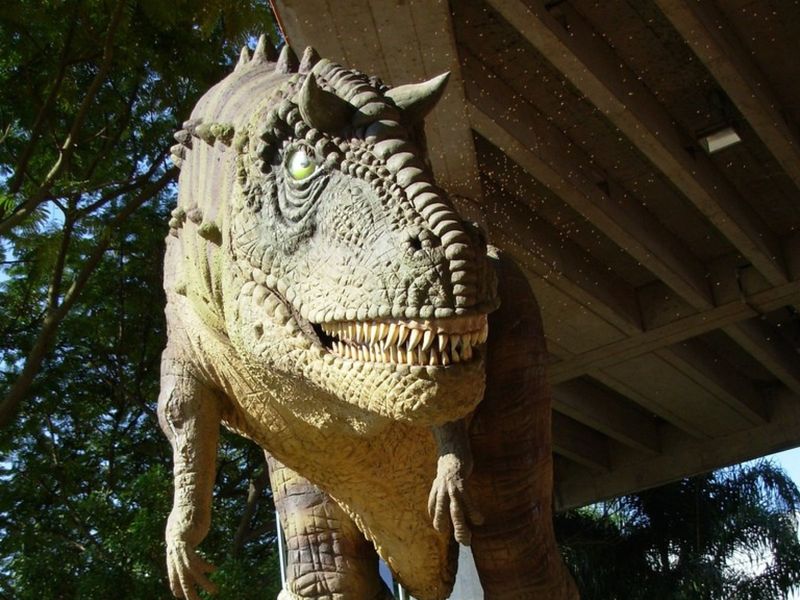
Even decades after its discovery, Carnotaurus continues to puzzle scientists! New technologies are helping paleontologists uncover secrets about how this dinosaur lived, moved, and hunted.
Recent studies using computer modeling have revealed insights about its unusual skull structure and running abilities. One ongoing mystery involves its diet – did it hunt large sauropods or focus on smaller, faster prey? Another question centers on those distinctive horns – were they primarily for display, combat between males, or something else entirely?



